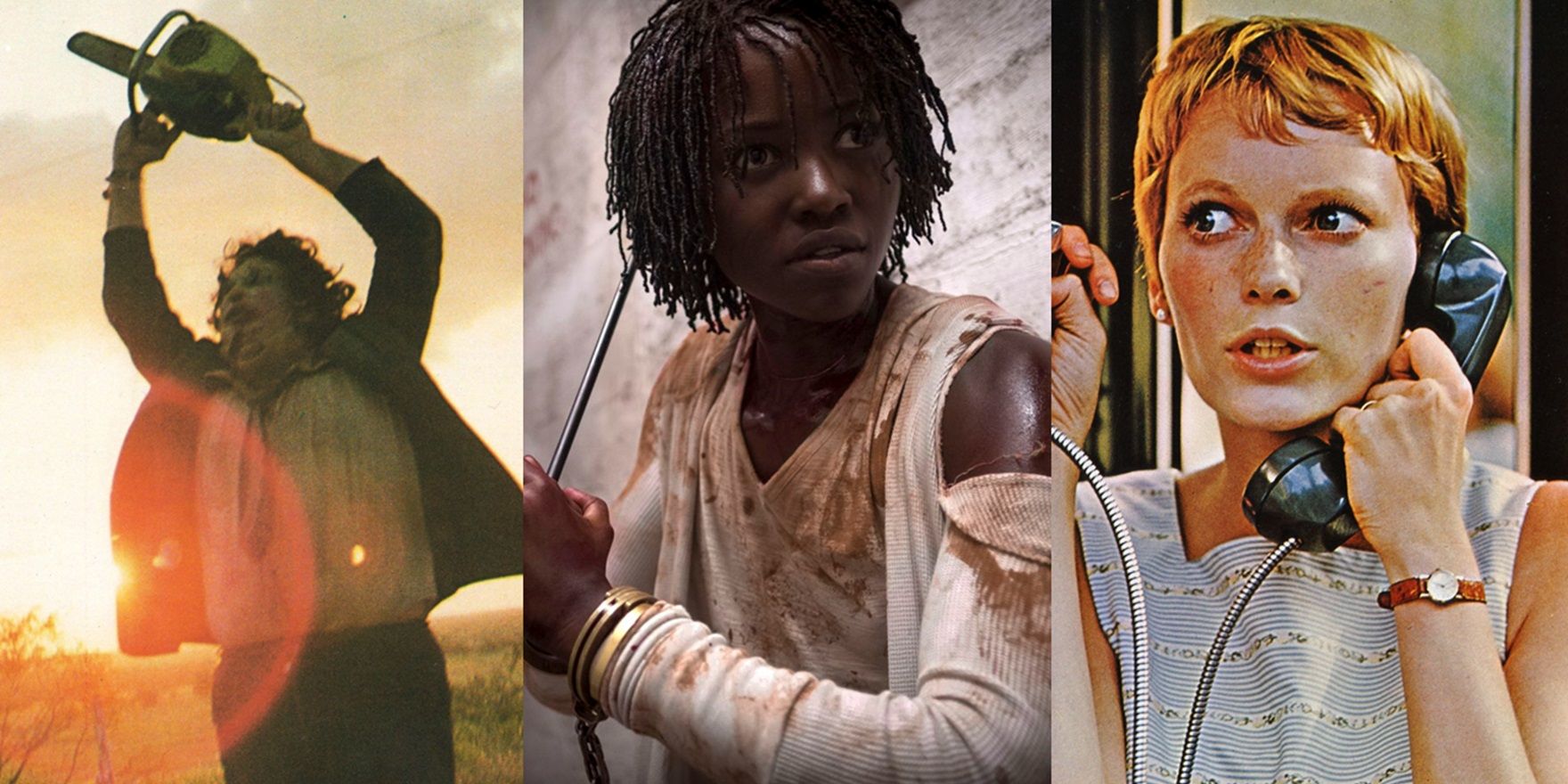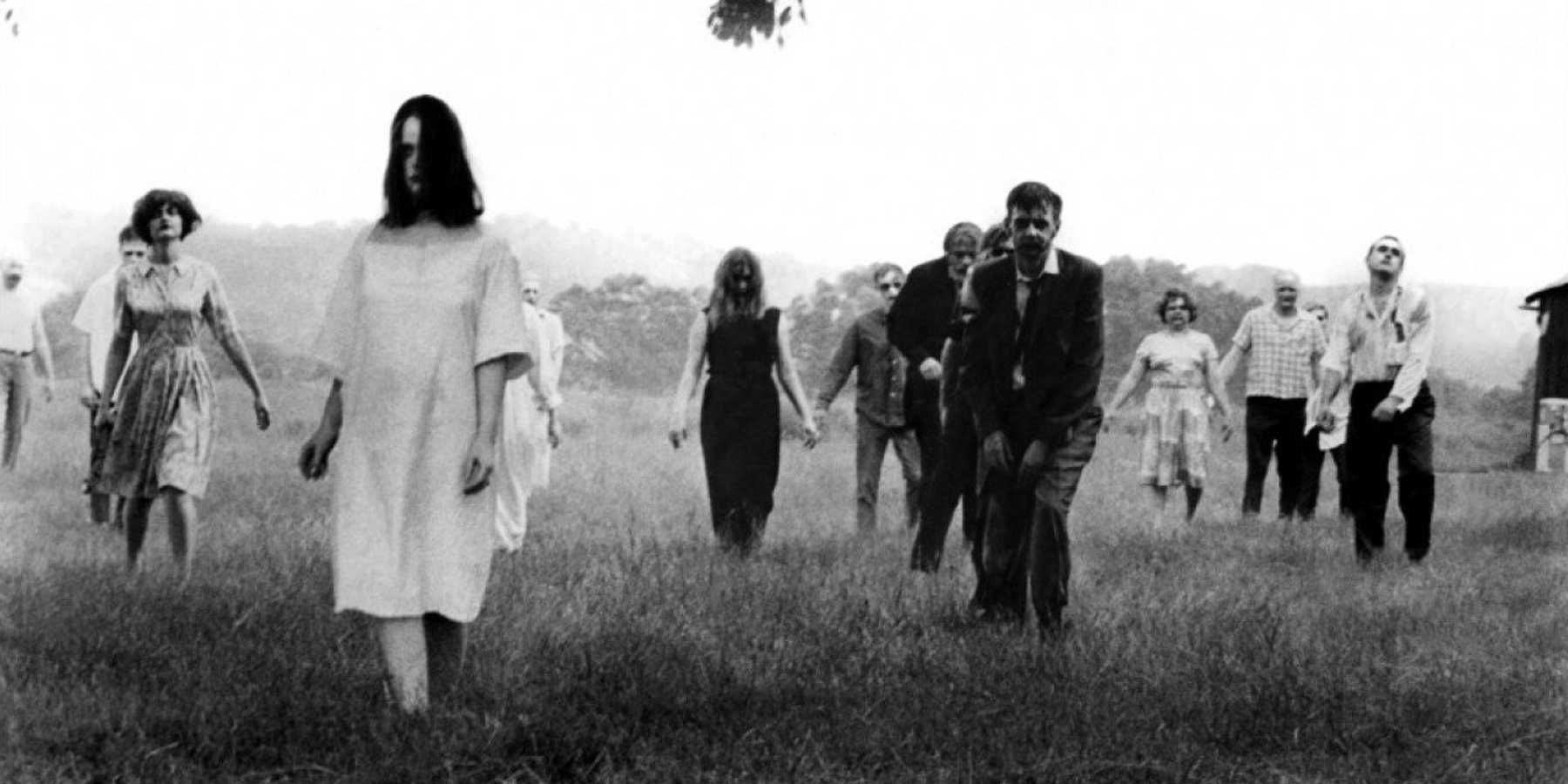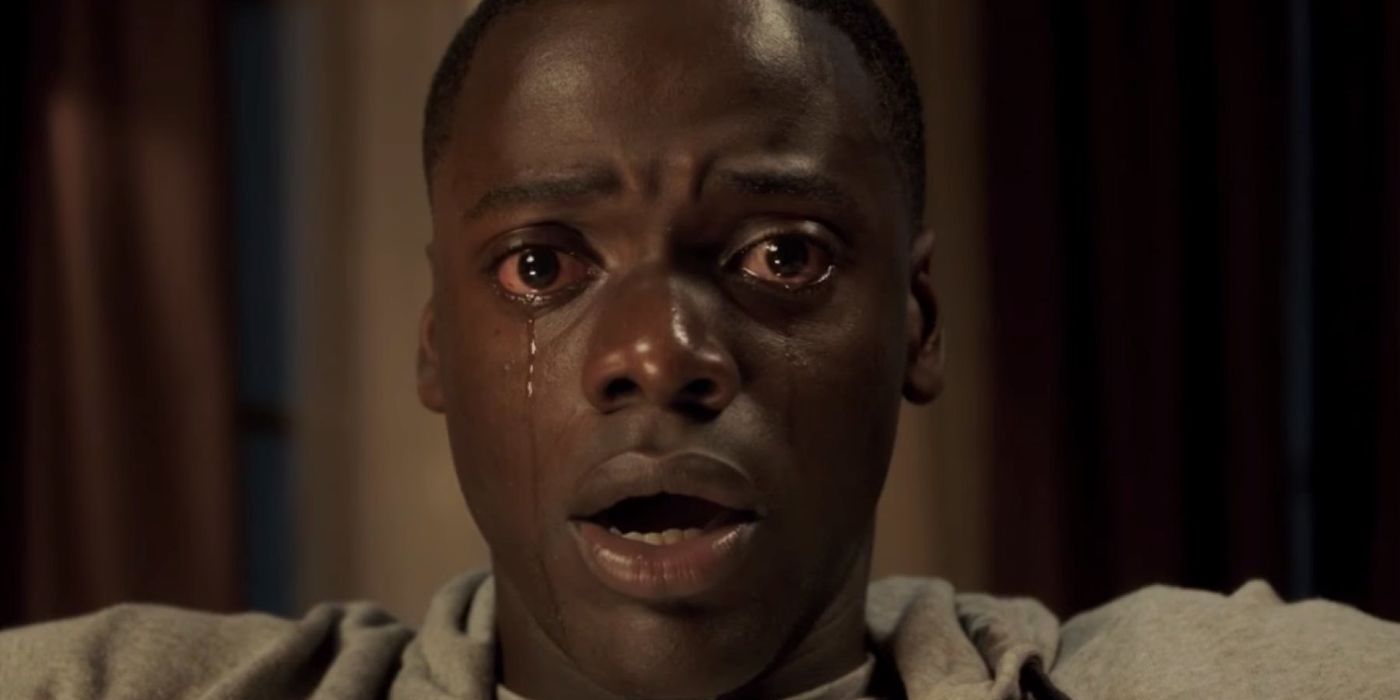A lot of things can make a horror movie great, from an atmospheric score to a strong command of suspense, but the horror movies that transcend the horror label and feel like what Martin Scorsese would call “cinema” are the ones that use genre scares to convey some kind of social message. Many great filmmakers have used the horror genre as a vehicle to convey satirical commentary about the contemporary social climate. John Carpenter’s They Live, a zany alien-infested takedown of Reaganomics, is a prime example. Directors can use the audience’s familiarity with the horror genre’s tropes and archetypes to say something powerful about what’s going on in the world in an entertaining way.
One of the earliest examples of a politically aware horror films is 1956’s Invasion of the Body Snatchers, which was promptly identified as a sci-fi-tinged metaphor for McCarthyism, but the political horror subgenre didn’t make it into the mainstream until the late 1960s with masterpieces like Rosemary’s Baby and Night of the Living Dead. As pregnant Rosemary grows paranoid about the dodgy meds being pushed on her by her husband and male doctors, Rosemary’s Baby becomes an allegory for women’s liberation, and this was five years before the landmark Roe v. Wade decision. George A. Romero’s Night of the Living Dead, the zombie movie that set the template for all zombie movies to come, reflects just about every fear felt in ‘60s America, from racism to Cold War paranoia.
A decade later, Romero followed up Night of the Living Dead with Dawn of the Dead, an indirect sequel that used the same premise of a zombie apocalypse to tackle a different social issue. This time, Romero satirized consumerism with images of mindless zombies flocking to the mall and human survivors continuing to place meaningless value on cash money in a post-apocalyptic world. Romero’s use of social commentary in horror cinema wasn’t confined to zombie movies, either. Satire can be seen all over Romero’s legendary filmography, from The Crazies’ allegory for biological warfare to Martin’s themes of alienation.
Tobe Hooper’s The Texas Chainsaw Massacre is a masterclass in conveying poignant subtext through seemingly brainless grindhouse thrills. The movie uses the irony of a sadistic chainsaw-wielding cannibal slaughtering unsuspecting humans for meat to deliver a pro-vegetarian message. In fact, some vegetarians have even gone as far as declaring it the ultimate pro-vegetarian movie. Hooper cuts in shots of cows being killed with a bolt gun between the senseless acts of human-on-human violence to hammer it home.
Stanley Kubrick’s wilfully unfaithful adaptation of Stephen King’s The Shining has been interpreted as everything from a scathing indictment of the slaughter of Native Americans to a metaphor for CIA mind control. Misery, another King adaptation, is the ultimate tale of toxic fandom. Bong Joon-ho’s monster movie The Host carries an environmentalist message. A Girl Walks Home Alone at Night is a feminist vampire movie named after a terrifying situation faced by women every day following an undead antihero simply called “The Girl” who targets terrible men. Funny Games’ brazen fourth wall-breaking disturbingly blurs the line between fiction and reality to deconstruct the audience’s relationship with on-screen violence in a world with an increasingly violent media landscape.
Even some horror movies that aren’t overtly socially aware can carry political themes. One of the major conflicts in Jaws is that Mayor Vaughn refuses to close Amity Island’s beaches to avoid losing tourism dollars, so the residents are much more susceptible to shark attacks. The shark isn’t the real villain; it’s just a force of nature. The real villain is the politician who values money over the lives of his constituents (which is more relevant than ever).
Although the social satire subgenre of horror cinema has been suffering recently from painfully on-the-nose duds like The First Purge that cram their shallow commentary down audience’s throats, there will always be great filmmakers making great films. For the last couple of years, Jordan Peele has been leading the charge for modern horror cinema’s use of social commentary, reviving the so-called “social thriller” and sparking a worldwide conversation about race with his groundbreaking debut Get Out before exploring a wider, subtler array of American political issues in the subtext of his sophomore directorial effort Us.
Peele is also producing, but not directing, reboots of two other socially conscious horror classics: The People Under the Stairs, Wes Craven’s darkly comic satire of gentrification, and Candyman, Bernard Rose’s adaptation of Clive Barker’s “The Forbidden.” While the original Barker short story was about the class divide in Liverpool, Rose recontextualized it to take place in Chicago’s Cabrini-Green housing projects in order to explore themes of race and inner-city life.
Nia DaCosta, director of the upcoming Peele-produced Candyman reboot (described as a “spiritual sequel”), has a simple explanation for why genre scares and social commentary go hand in hand: “It’s f**king terrifying in the real world.” She added that socially conscious horror movies are “a good way to get people to sit up and look and pay attention or to give a s**t, because they themselves are invested and have come to be scared. And along the way, hopefully, they can be enlightened in one way or another.”



